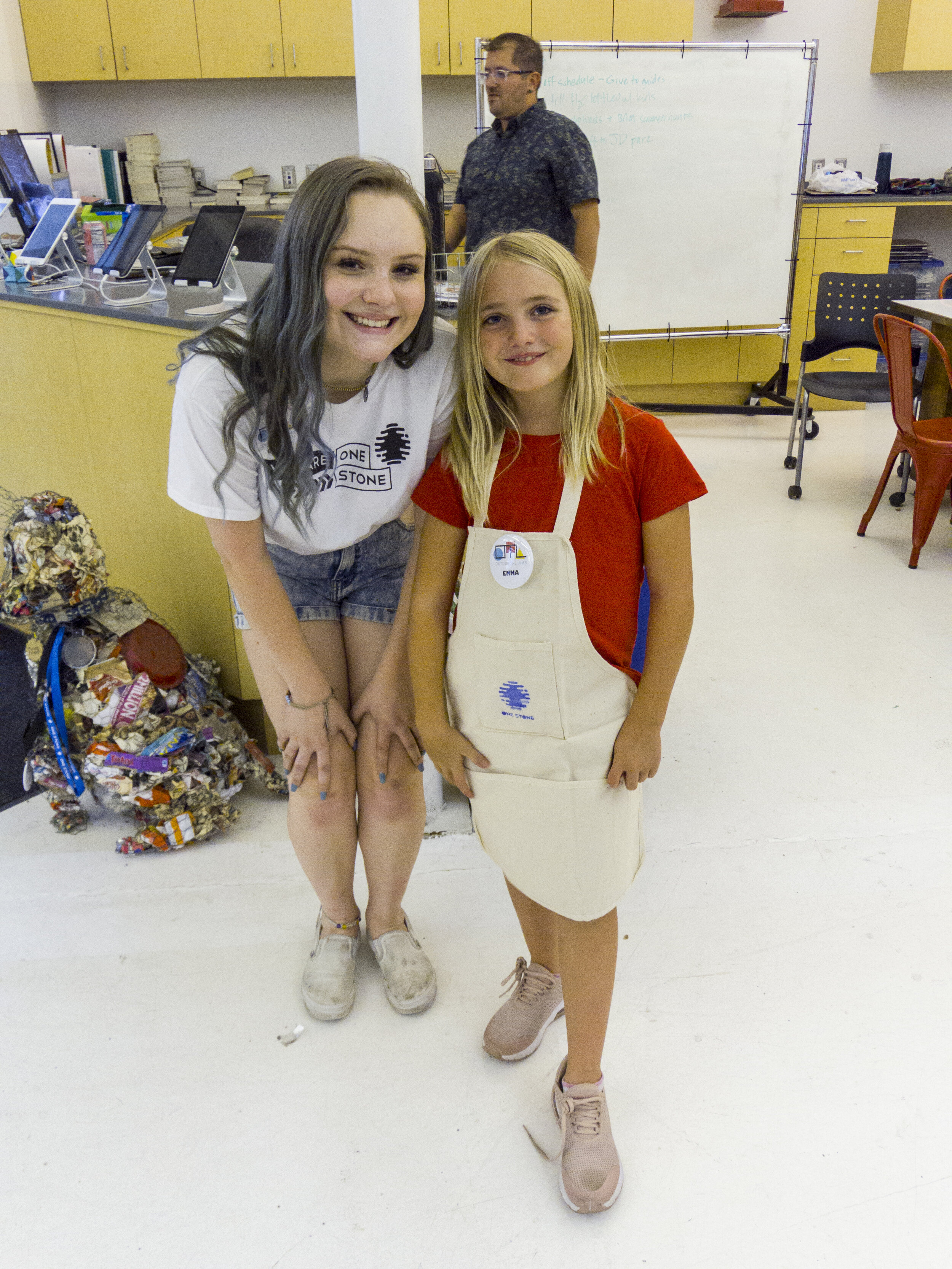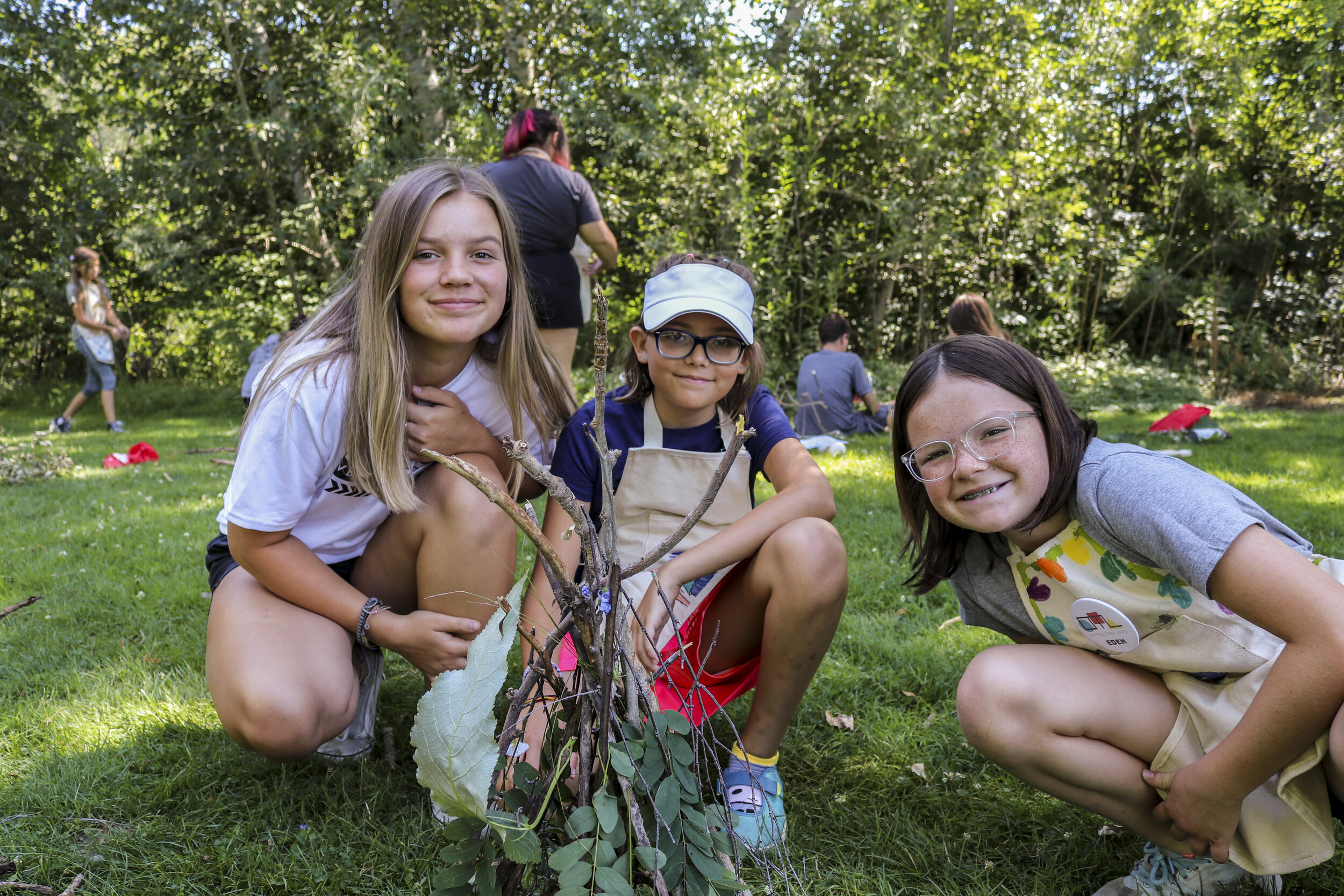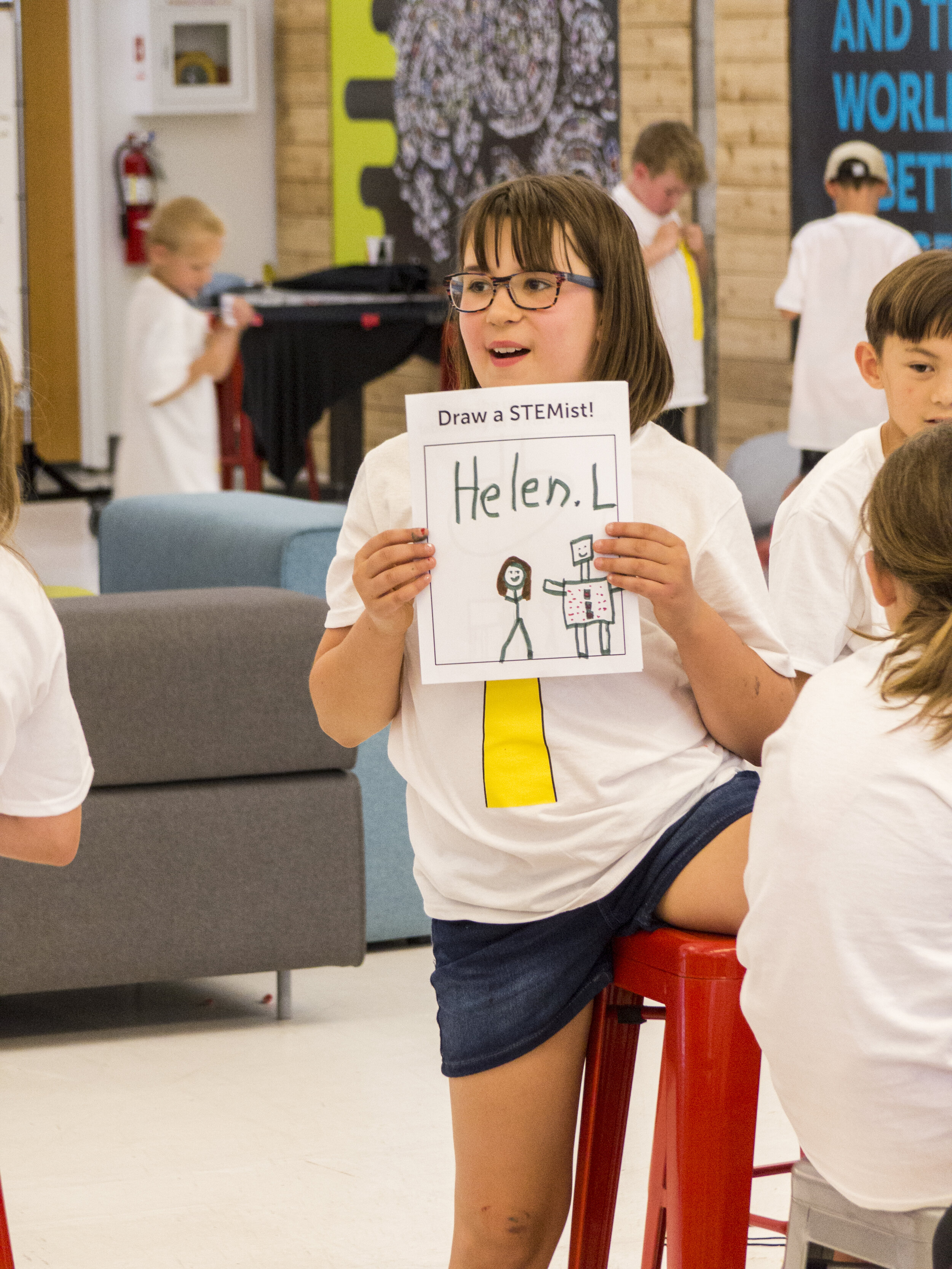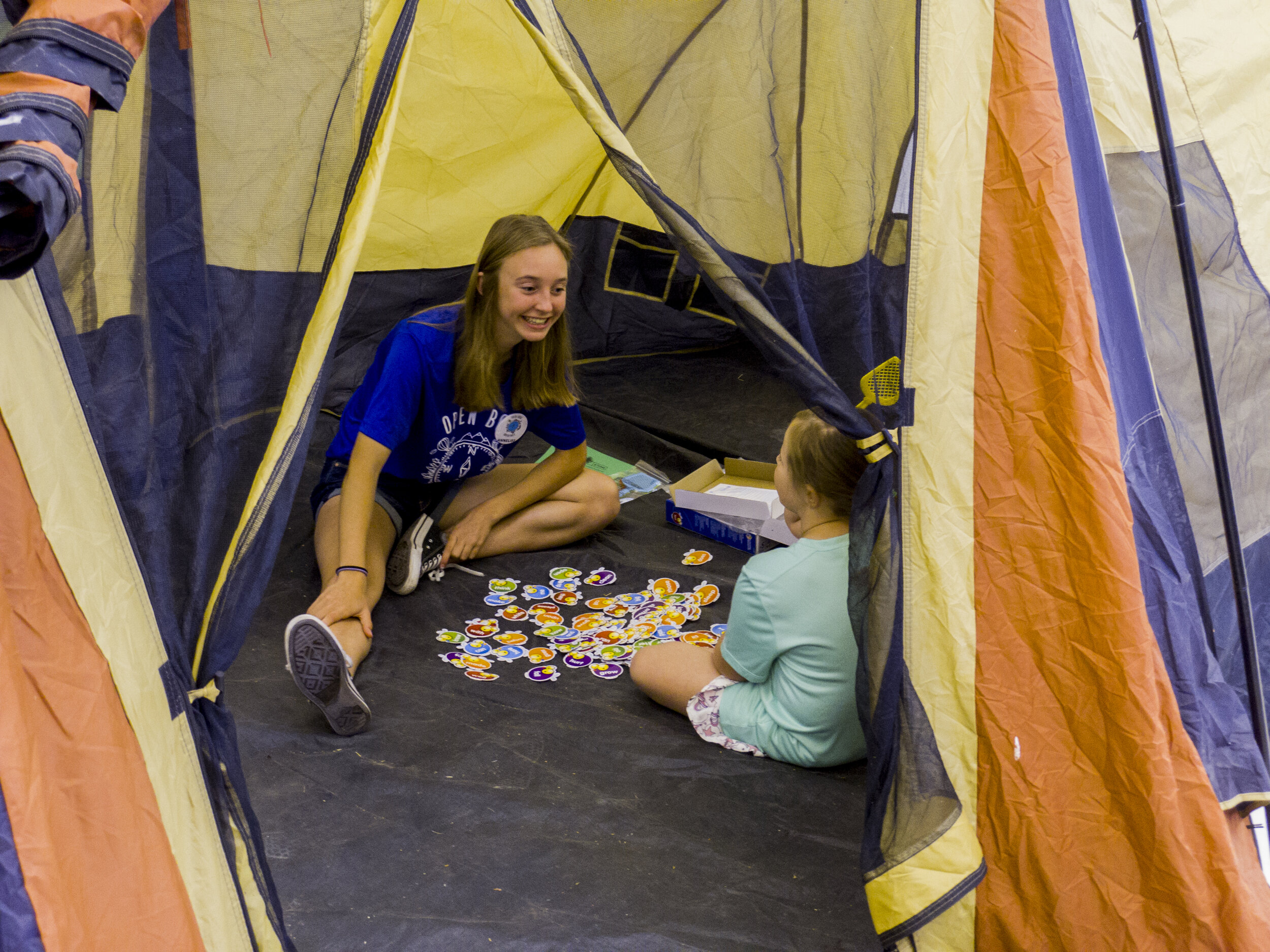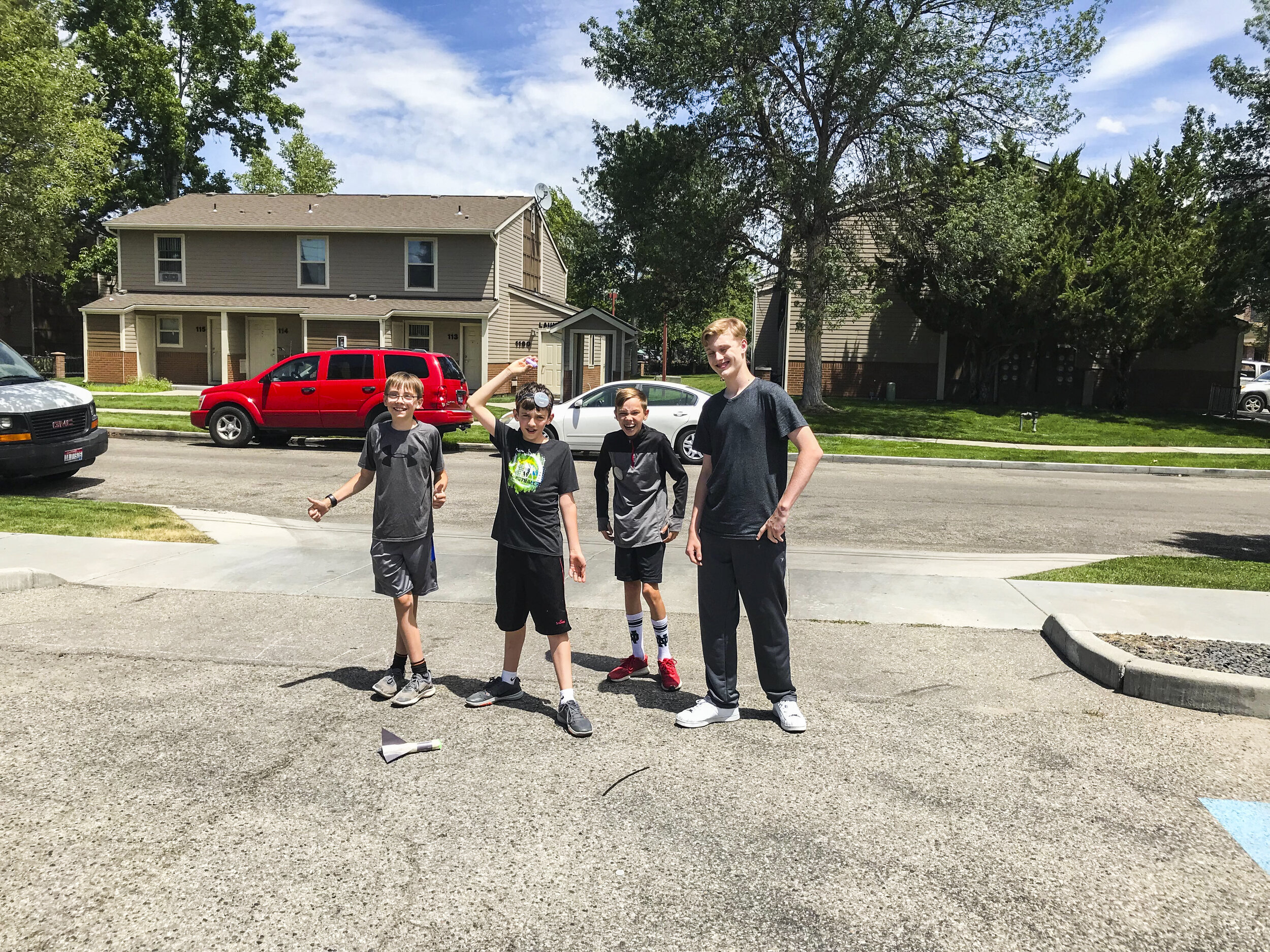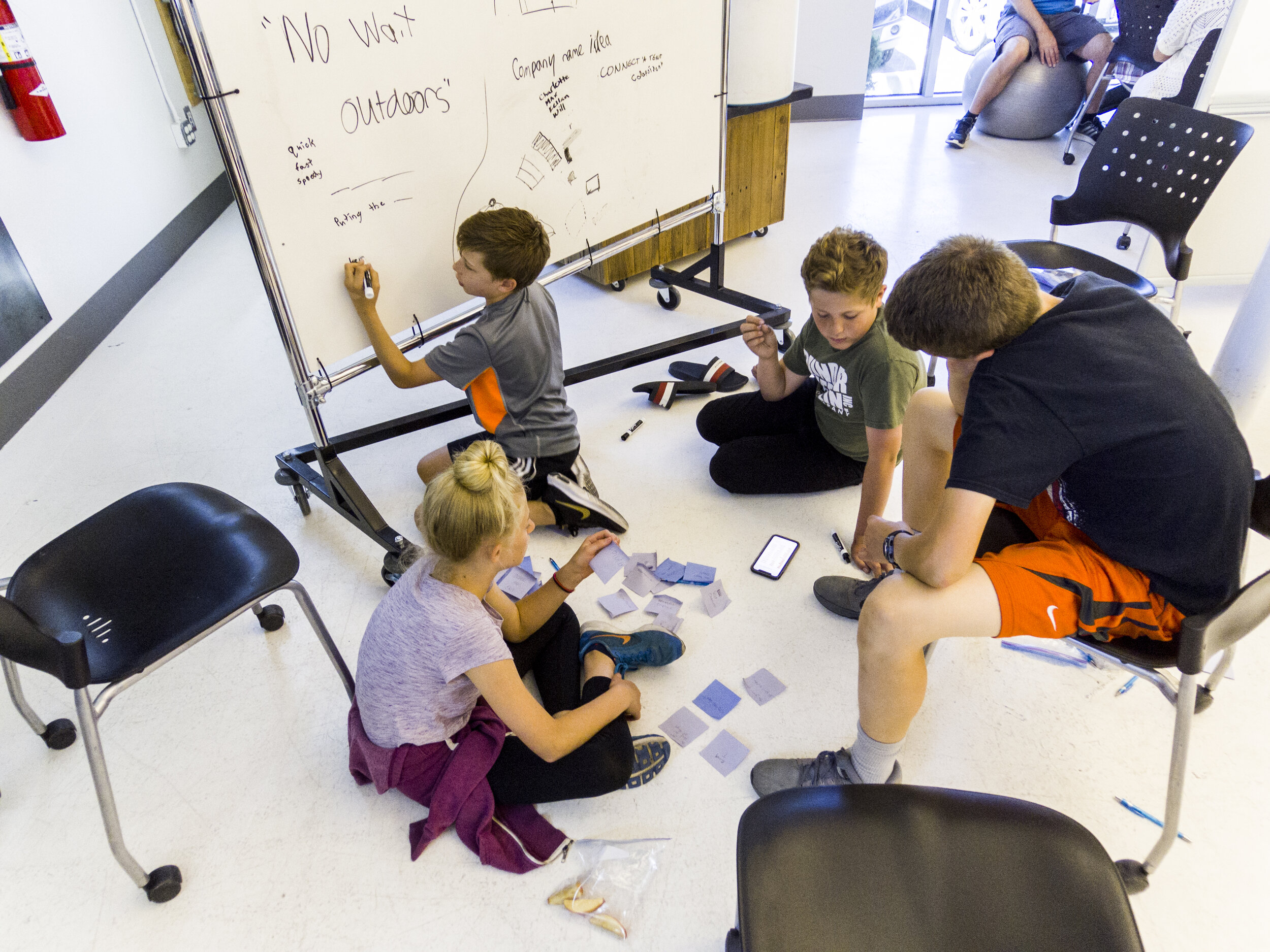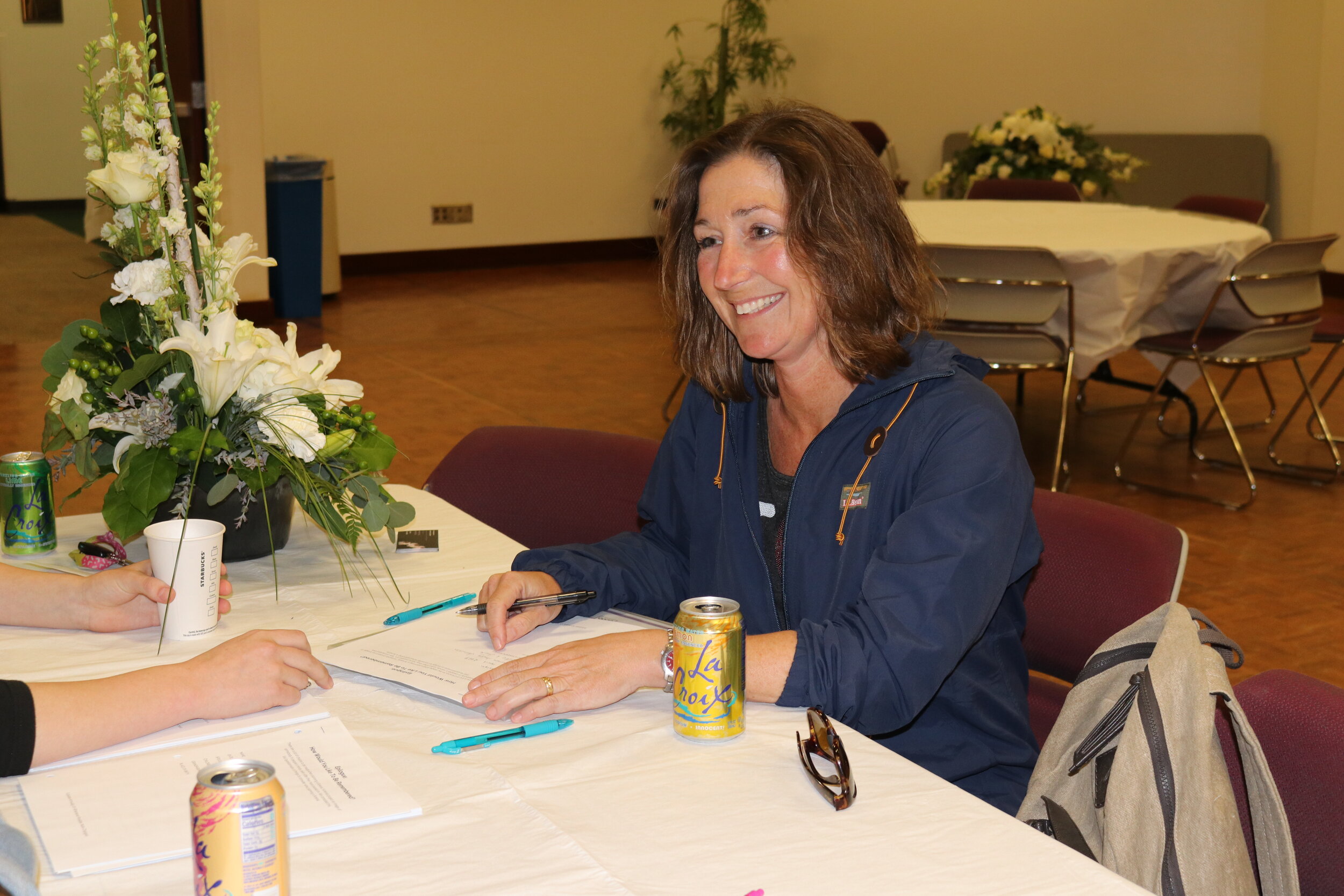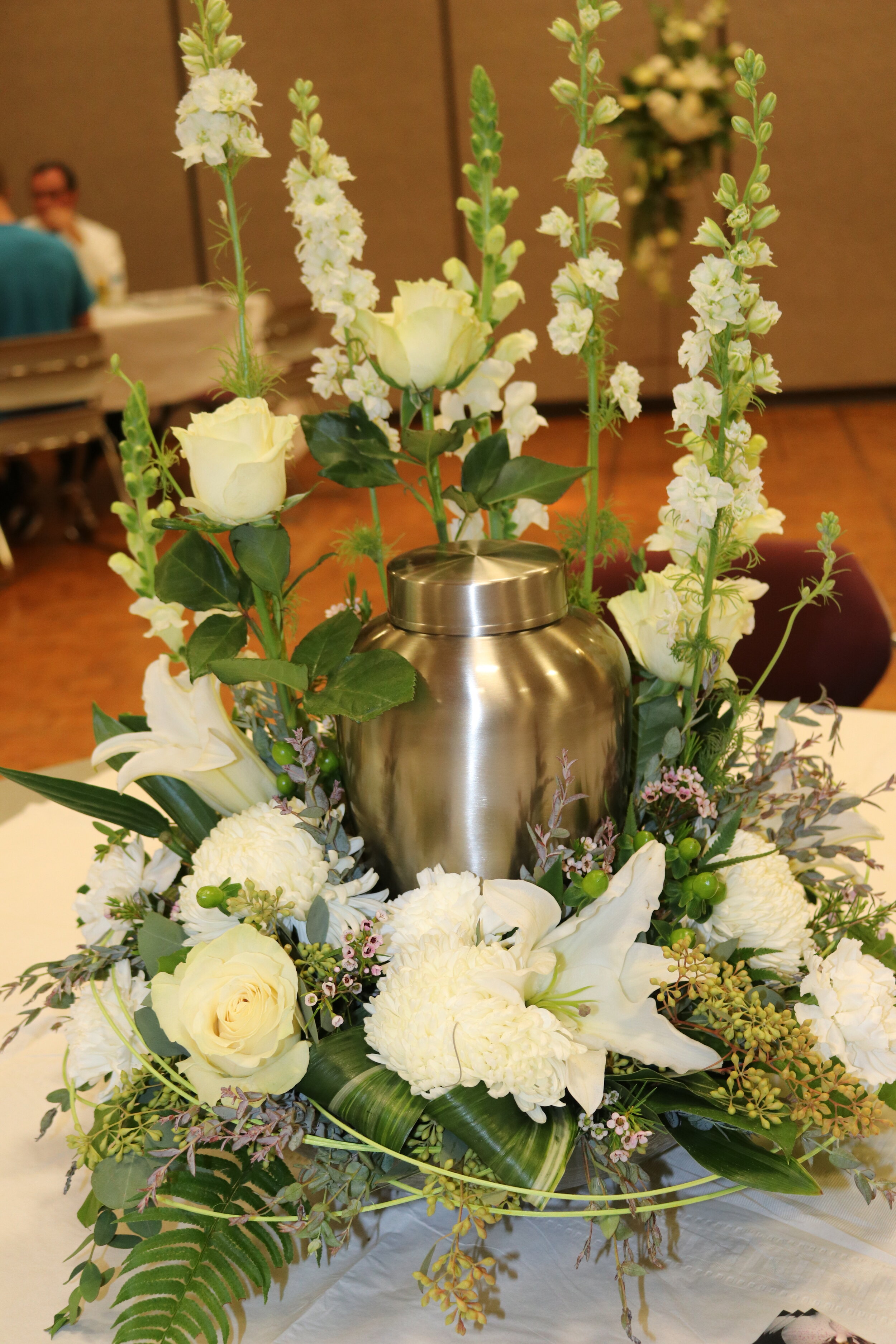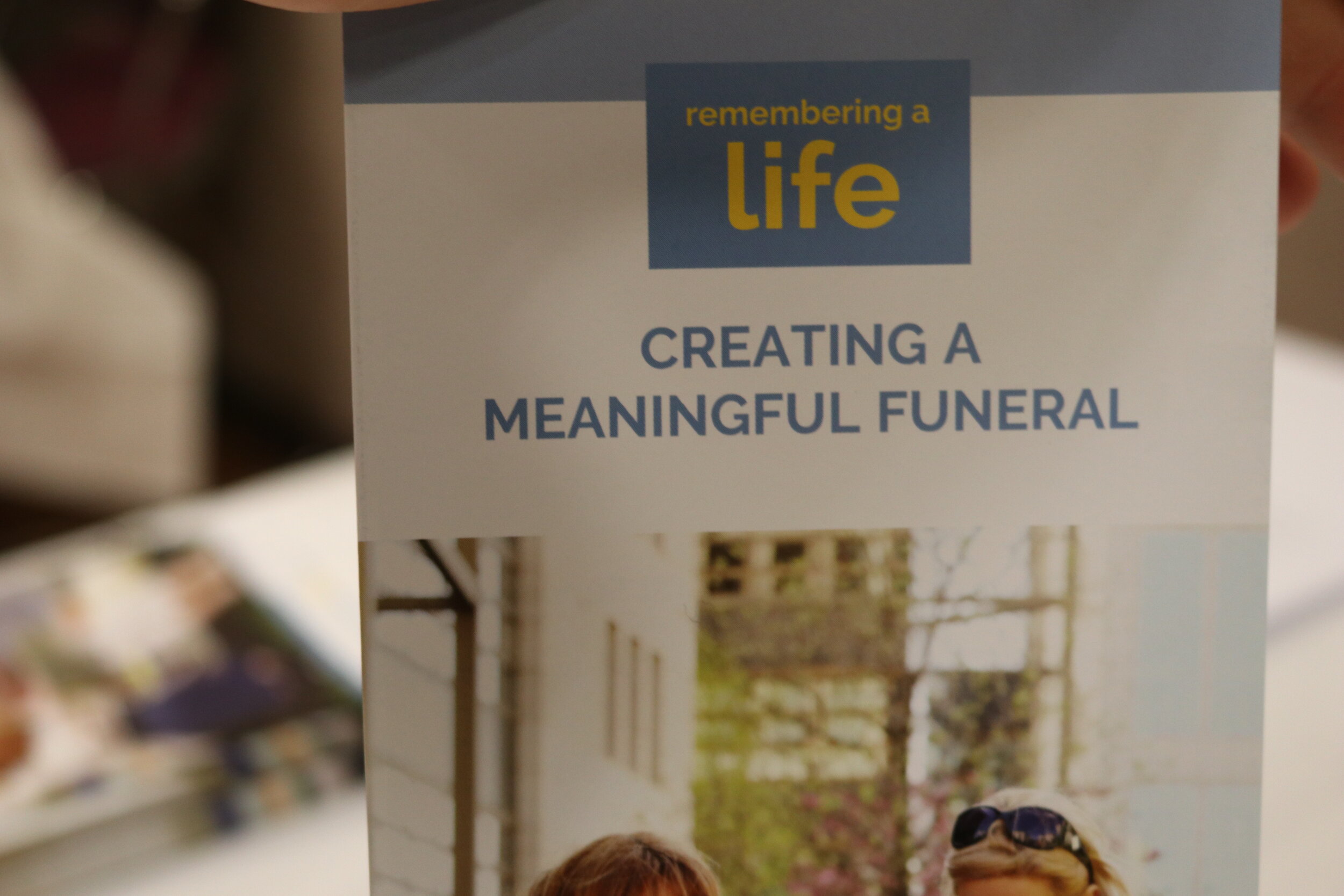How might we build creative confidence in fifth and sixth graders through a fun summer experience?
Outside The Lines is a three day summer camp for fifth and sixth graders planned by a team of One Stone students who utilized the design thinking process to create and implement the camp. This process provided a real-world learning opportunity for the older student planners, while ensuring that the camp met the needs of younger student campers.
In summer 2019, with the support of the Scentsy Family Foundation, One Stone offered its inaugural Outside the Lines Camp for 30 local fifth and sixth graders. During the three full-day experience, 25 high school guides and their younger buddies explored visual arts and building creative confidence through dynamic projects and field trips related to the theme: “Art in the Wild.” Each day, campers and their near-peer mentors examined Boise as an art-filled, inspiring town by exploring sub-themes of the “urban jungle,” “natural art,” and “getting wild.” Campers participated in hands-on creative activities and took excursions to the Boise Art Museum, local parks and the Boise River, and Freak Alley. Projects included making a large scale group mosaic, earthworks/nature sculptures, cyanotype (sun) prints, decorating aprons, cardboard sculptures for the Boise Bicycle Project’s annual Goathead Festival, and a group mural on fabric, among other activities that kept campers and guides connected and collaborating.
As the planning team of students changes and camp activities shift, the idea and goals of ‘Outside the Lines’ will remain. Specifically, to amplify student voice through artistic expressions that build confidence, creativity, and a sense of connection to a broader artistic community.
Outcomes:
In post-event surveys, campers and parents acknowledged a positive shift in attitudes towards art, creativity, and collaboration fueled by the relationships campers built with their high school mentors.
Parent reflections:
”My kids loved attending Outside the Lines Camp. They have a bigger appreciation for art now because the hands-on projects were fun-filled, educational, and inspiring.”
“The best part was that my daughters learned that they can still be creative without needing any traditional materials. They really enjoyed spending time with their big buddies.”
“My child loves Bob Ross a little more... and continues to love showing and exploring creativity through art.”
“Both of my kids loved attending! The hands-on projects are amazing. Keep up the great work. Would definitely be willing to pay for camps like this in the future!”
"It made art a lot more fun."
Campers reflect on how their outlook on art and creativity has changed after attending Outside The Lines Camp:
"Now I know a lot of new styles of art such as nature art." –Charlotte
"I learned that you can make art without any art materials." –Hazel
Guide reflections:
“I think that meeting new buddies and guides was great for me because we got to feed off of each other's creativity and inspiration, and it was good to get new perspectives from people and gain confidence.”
“My buddy wasn't confident about her appearance in her photo and thought she wasn't beautiful. This helped me to grow since I talked and found ways to show her how perfect she is. It helped me learn how to teach others to love themselves.”















